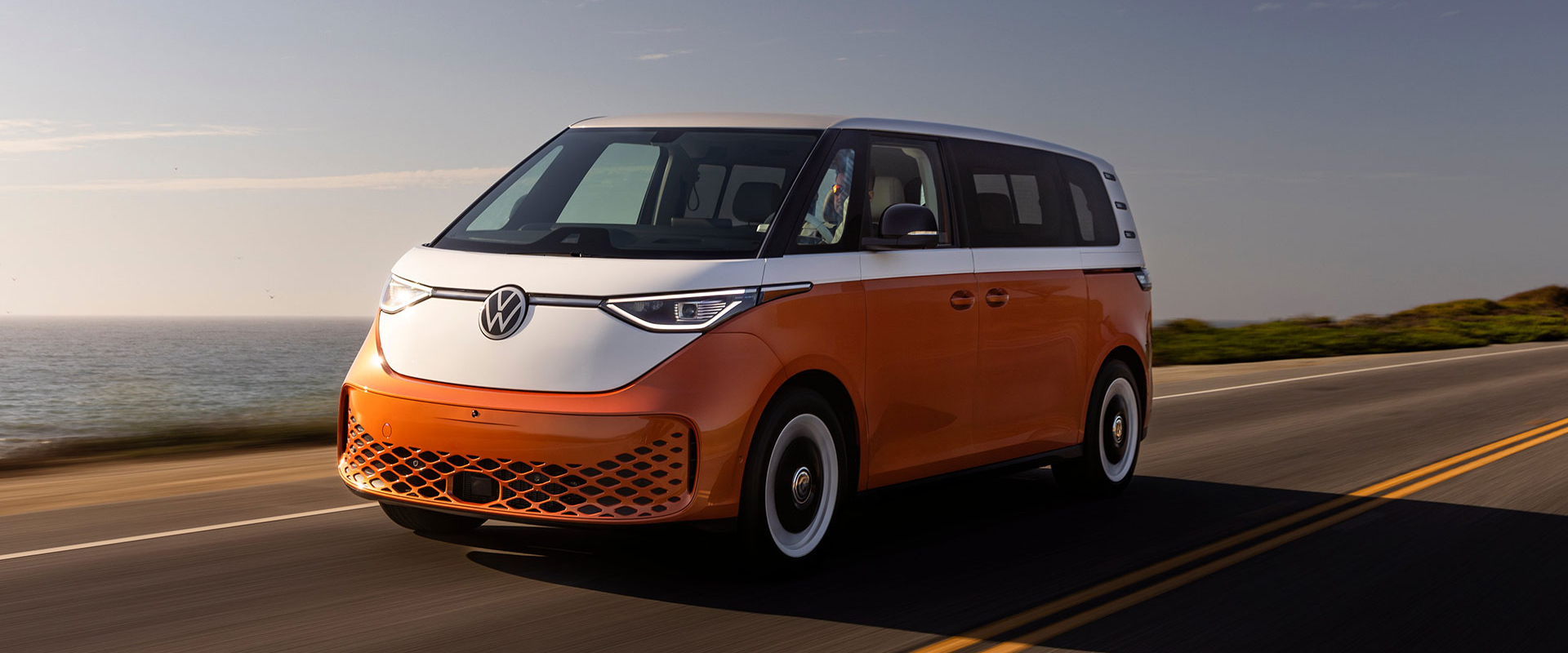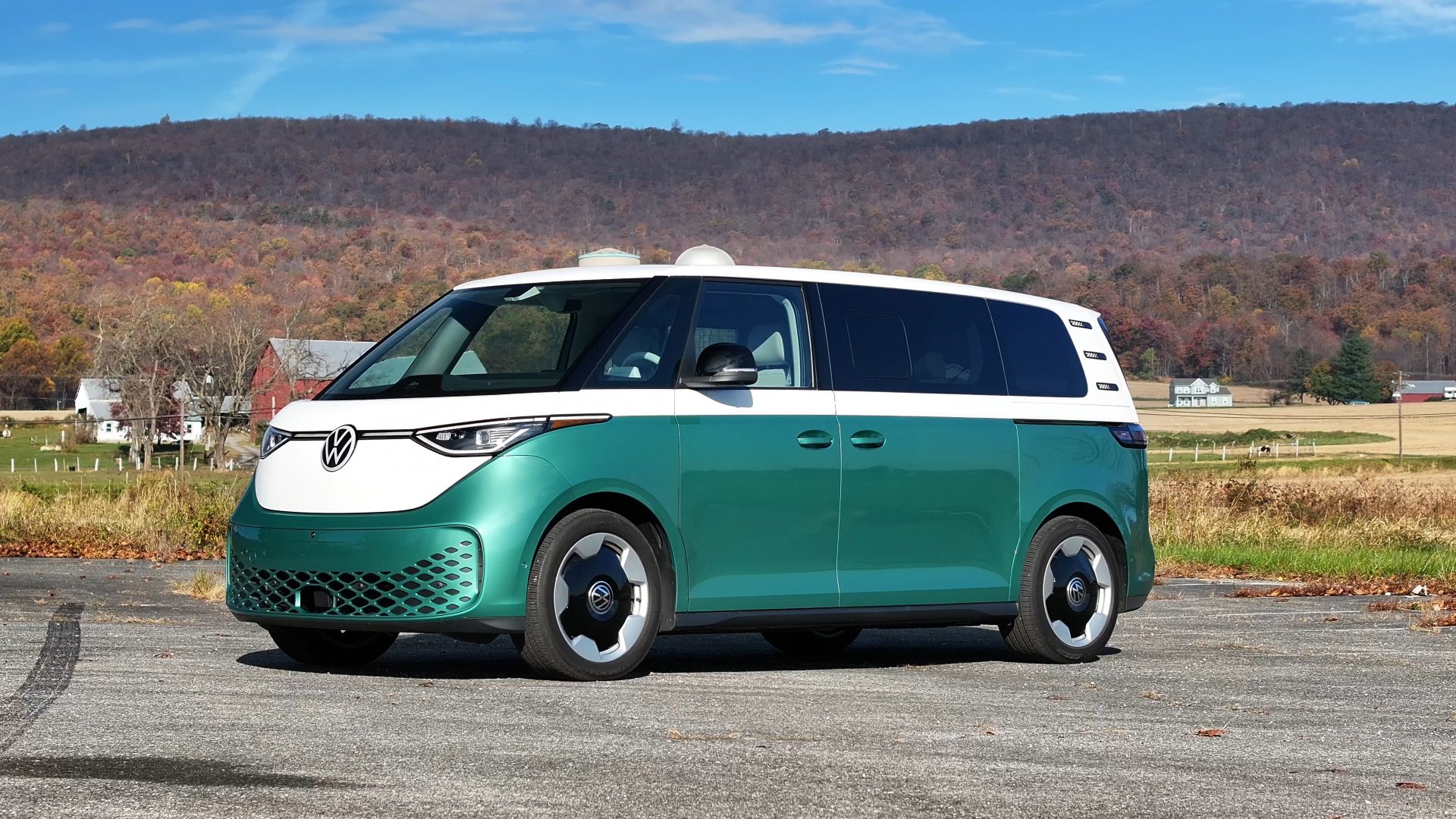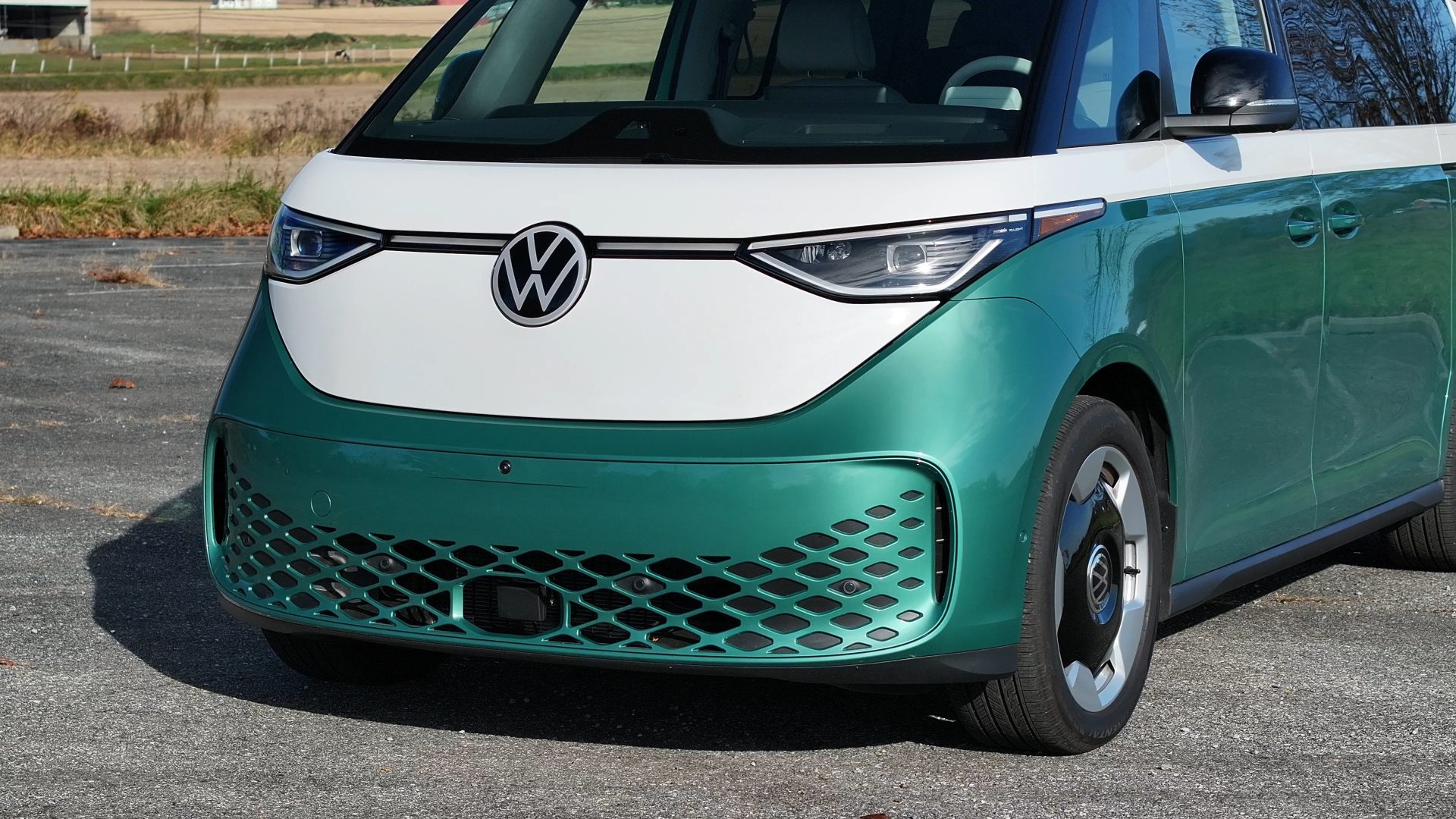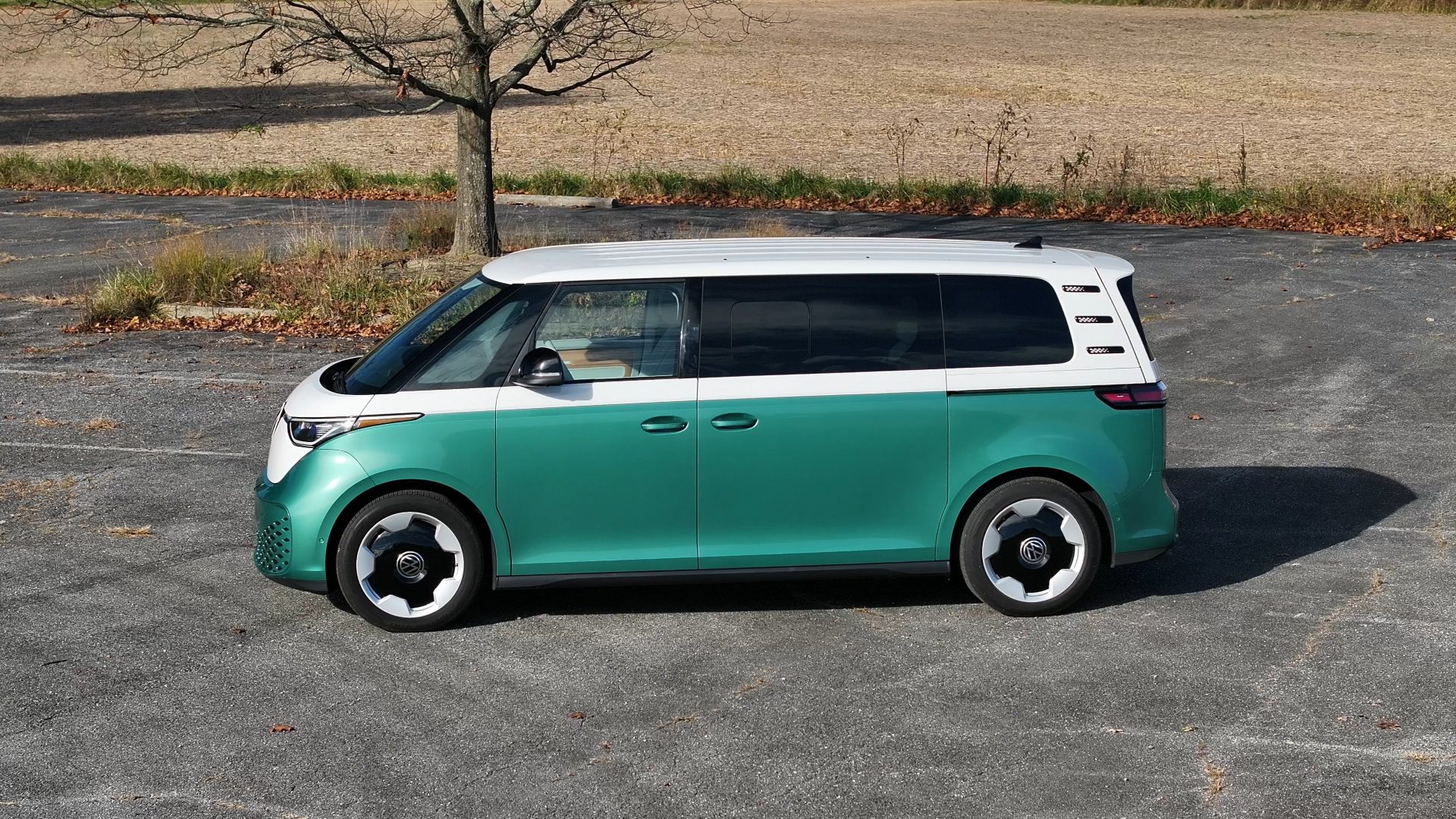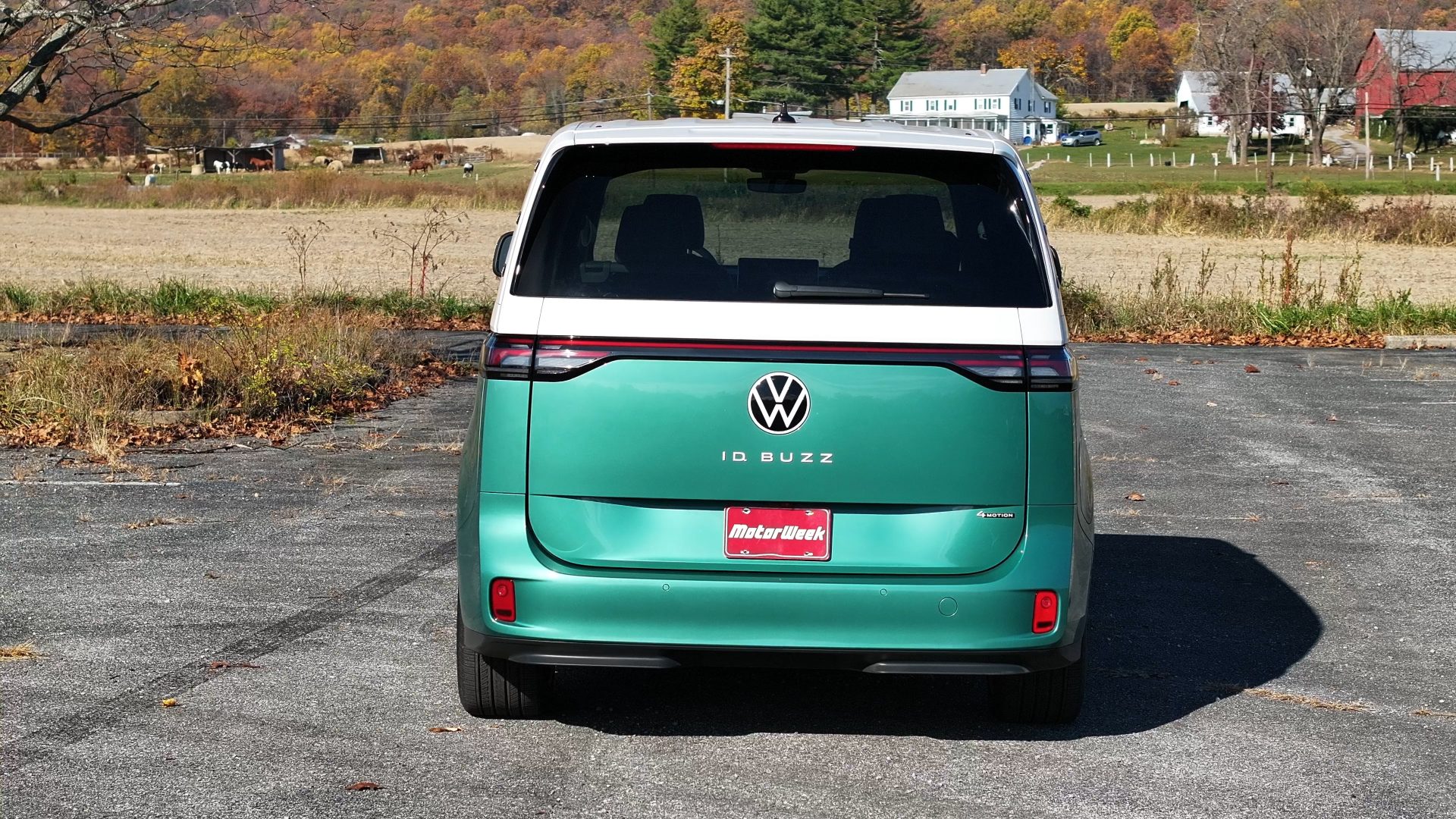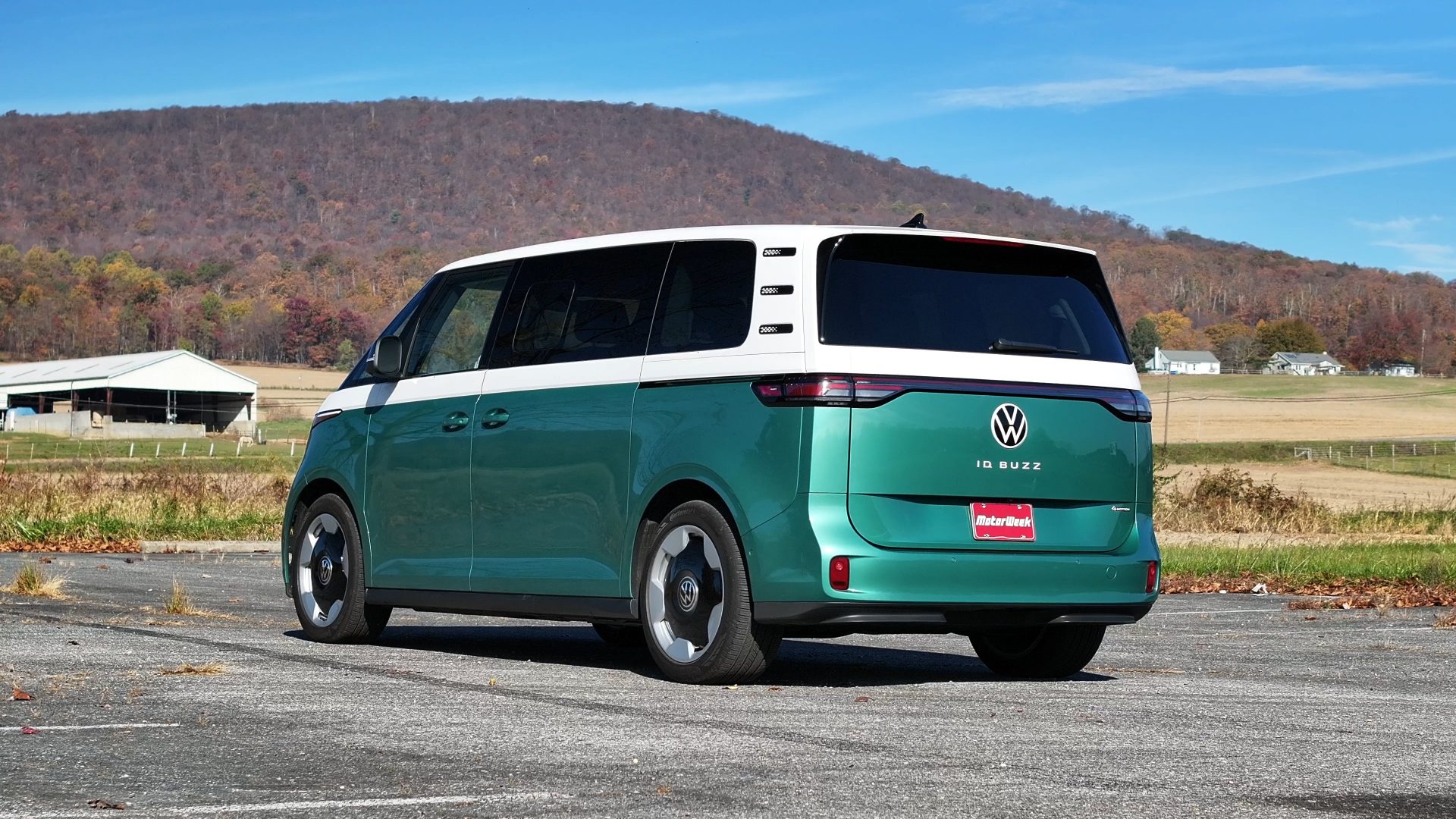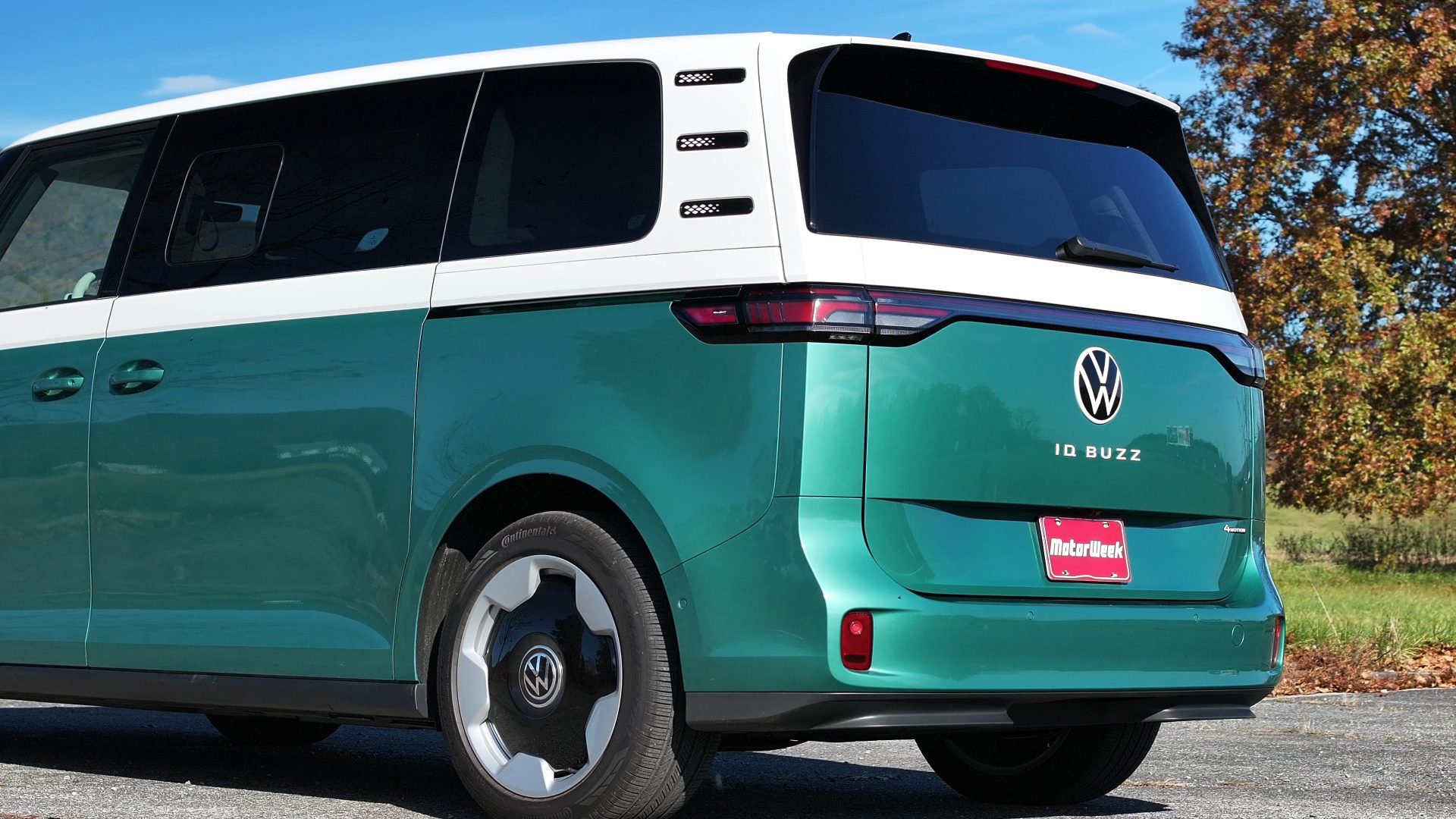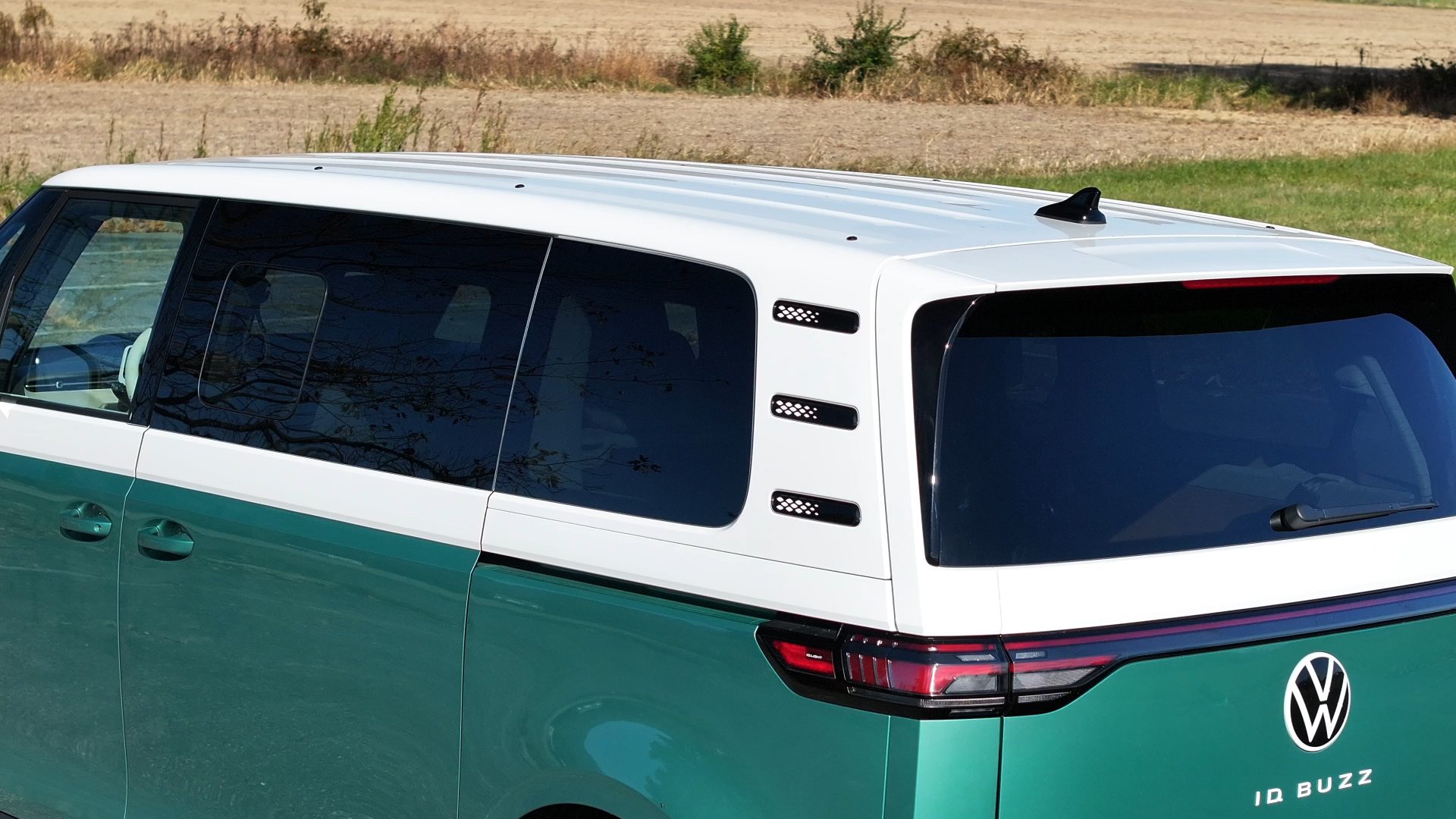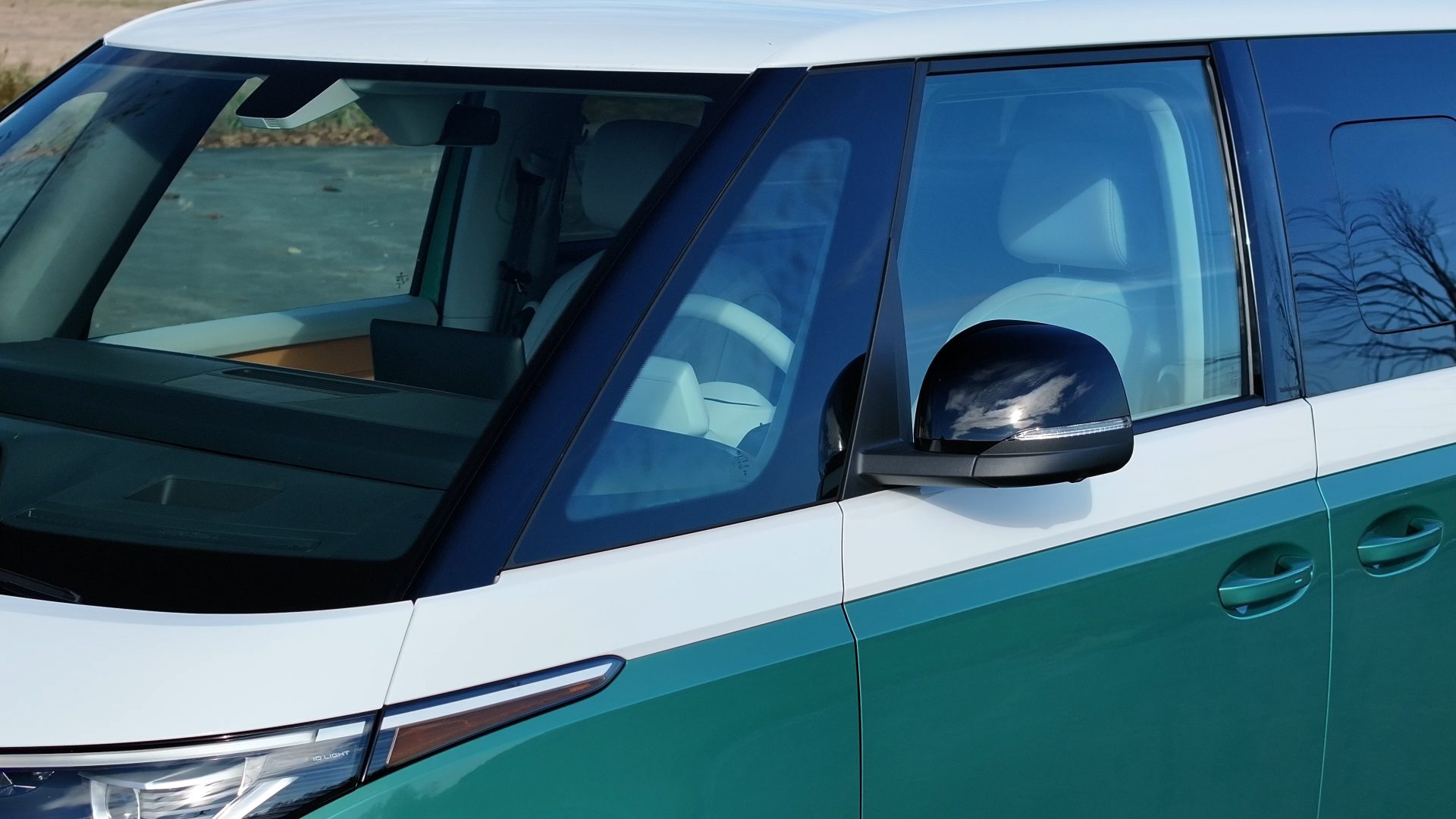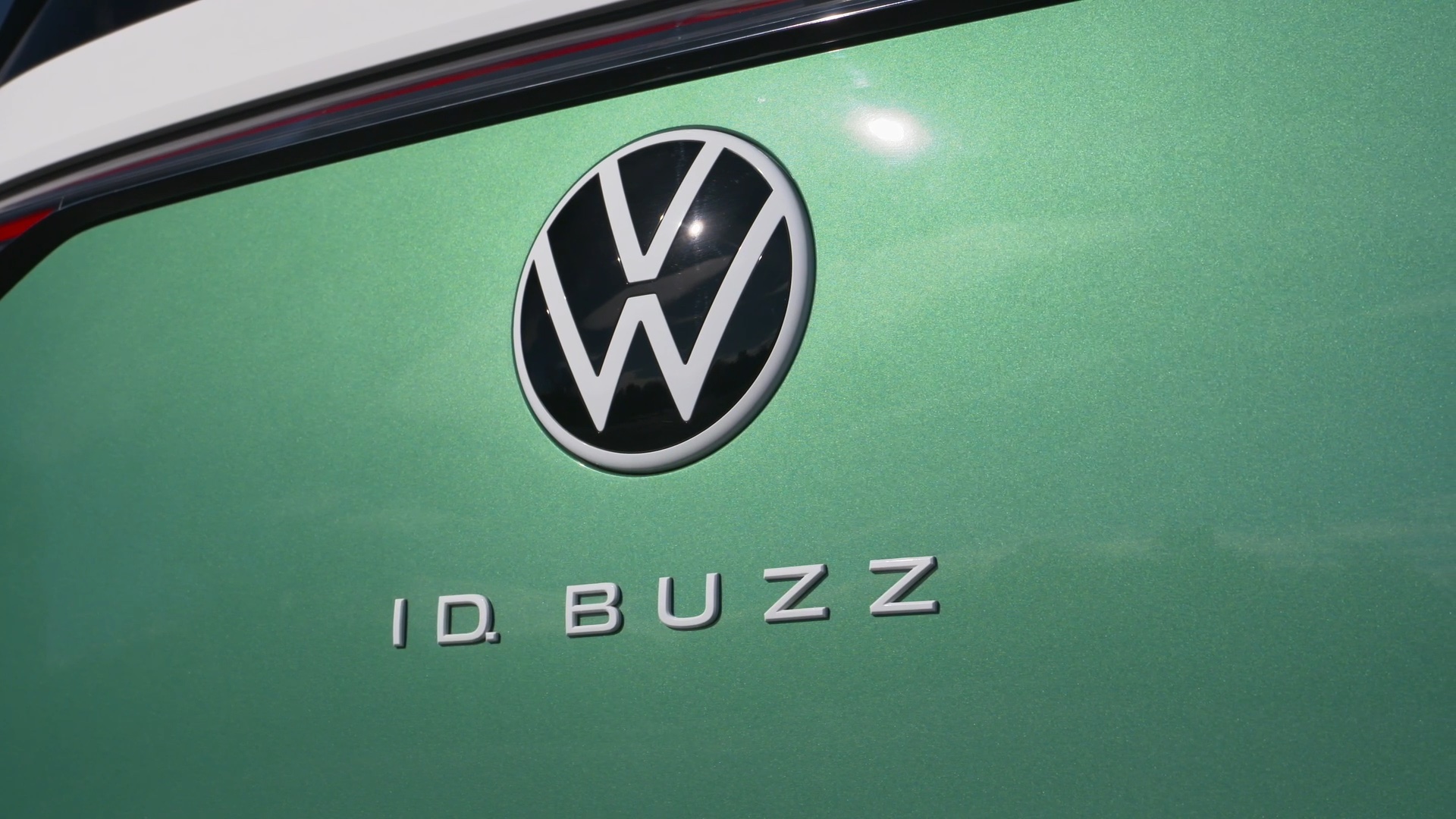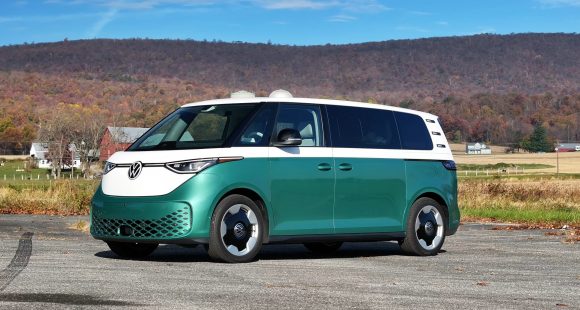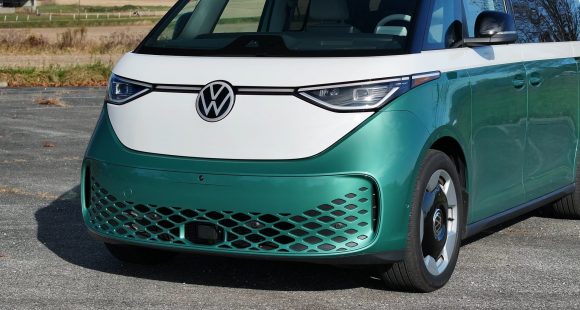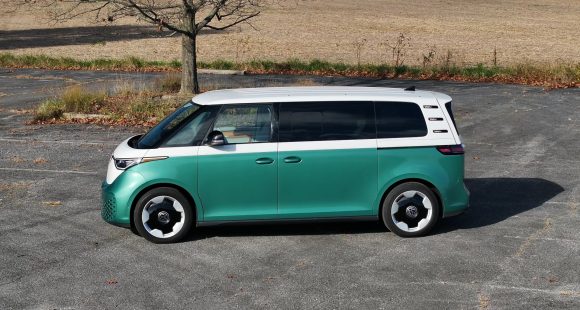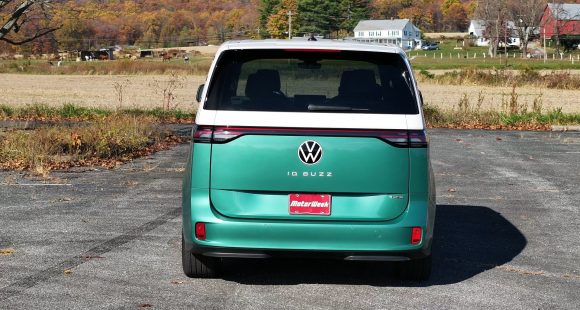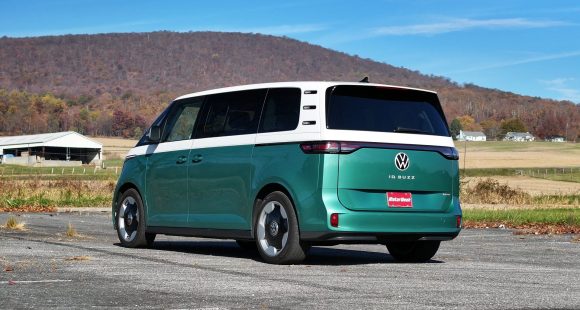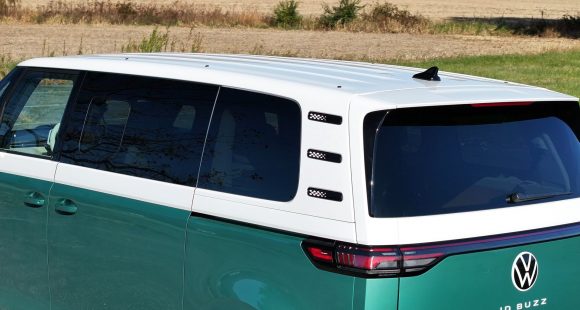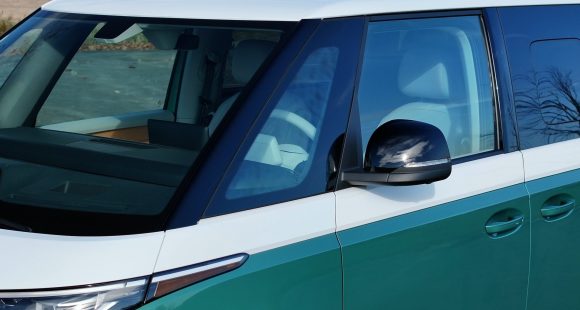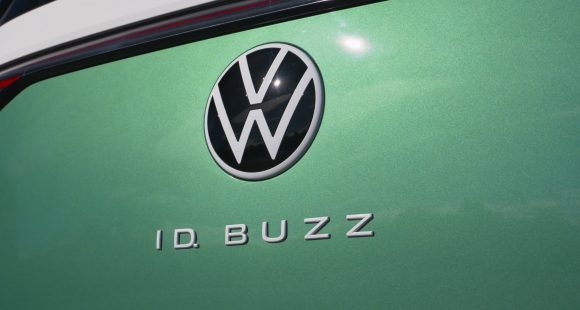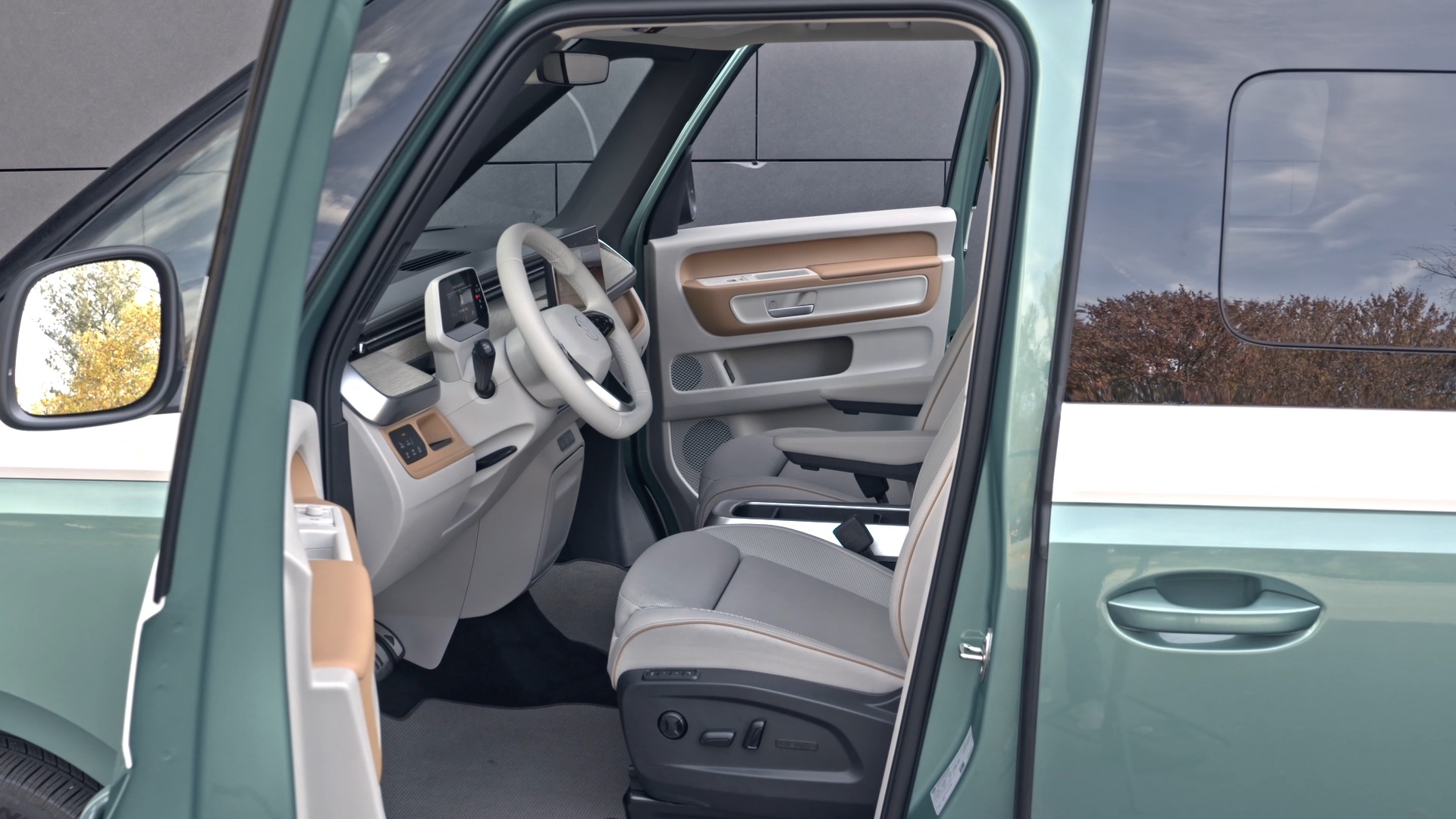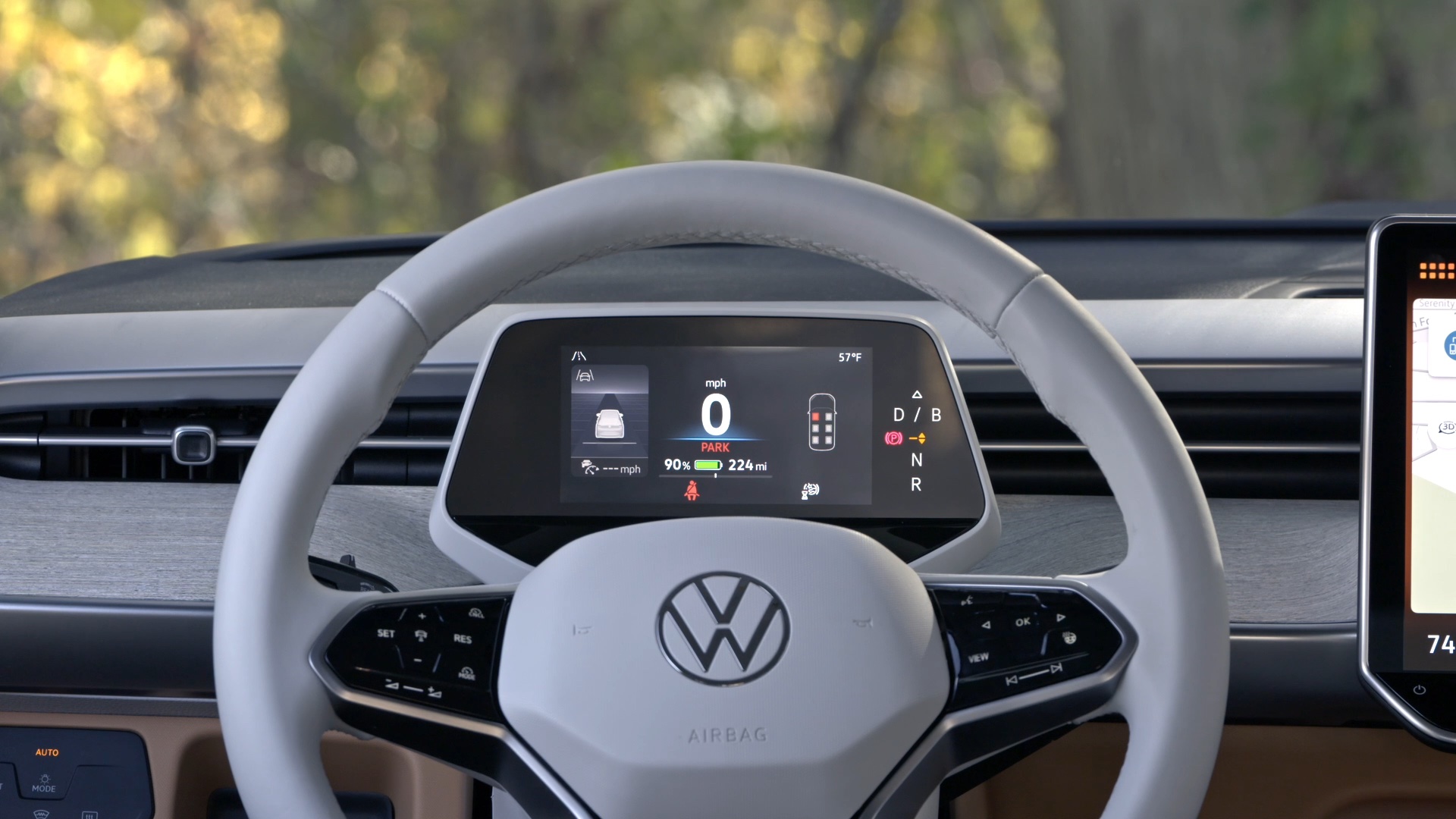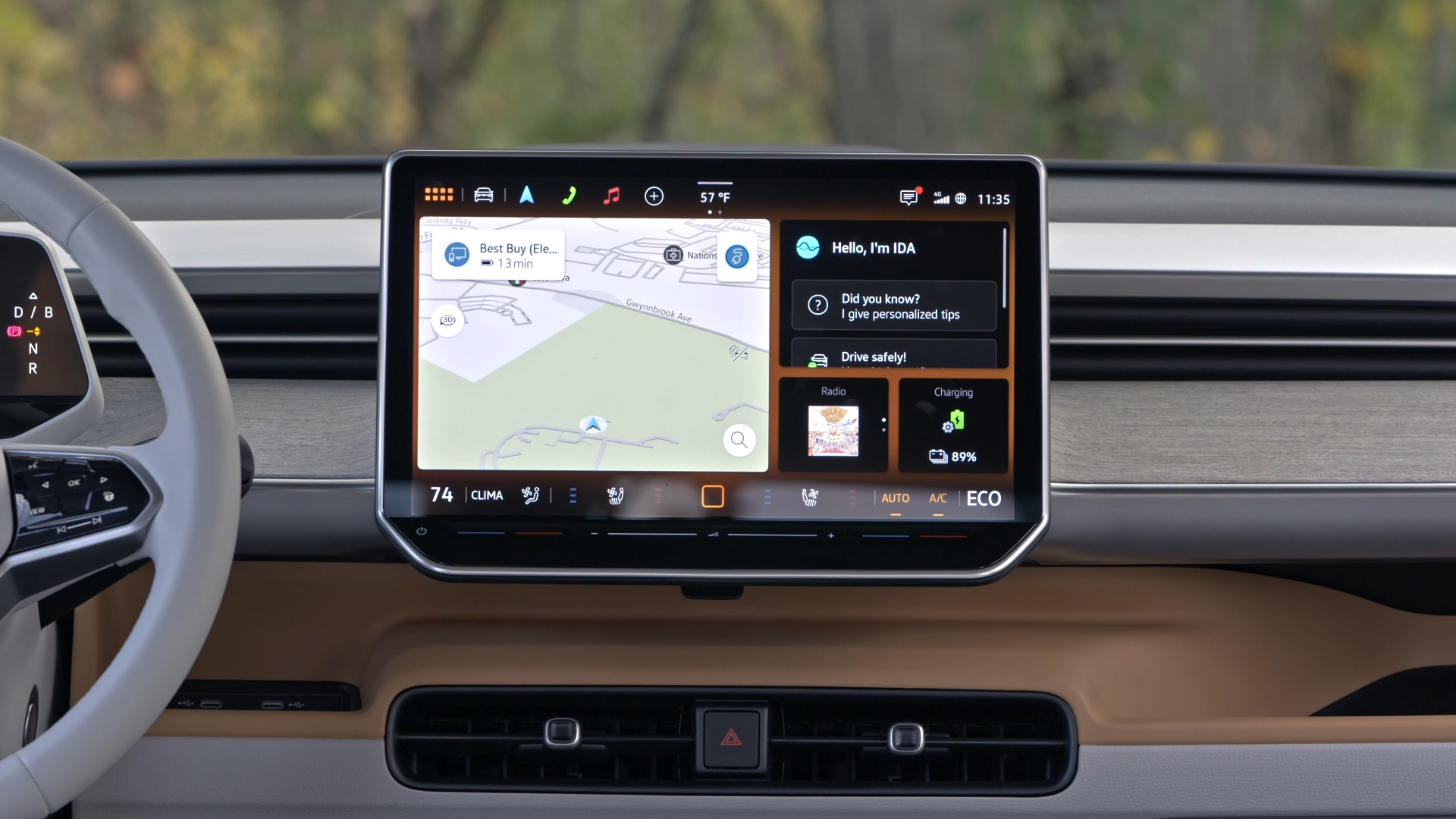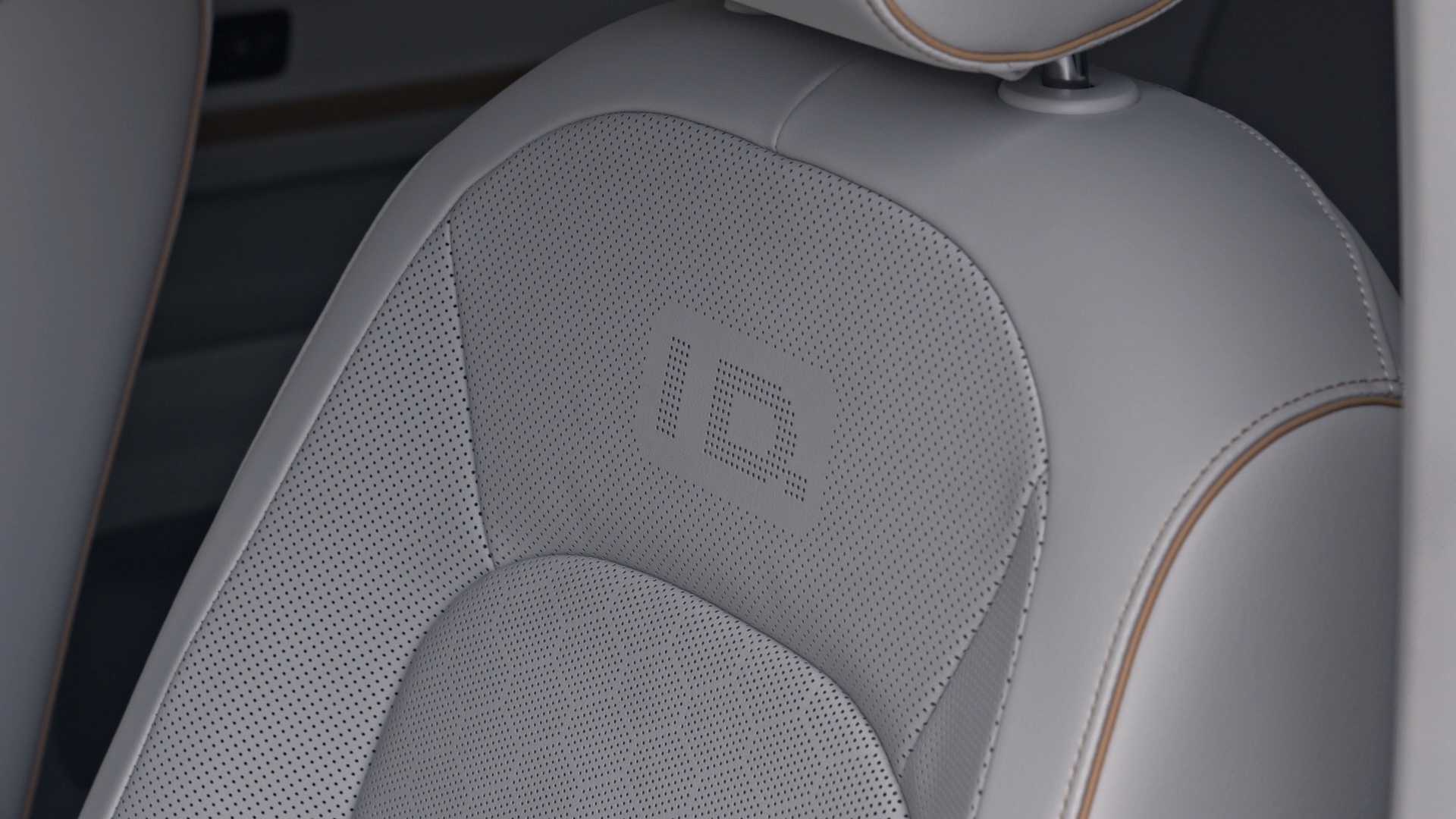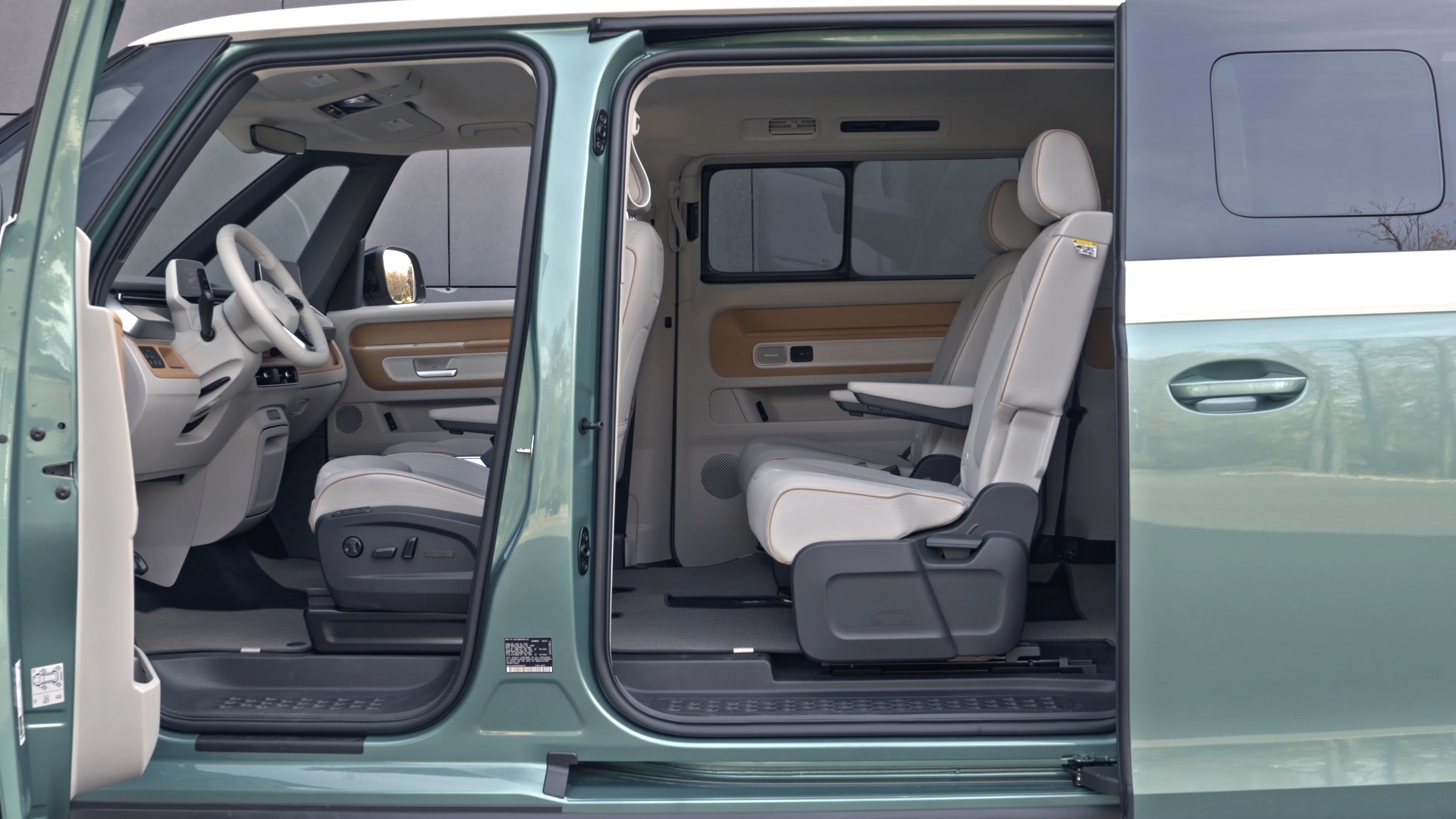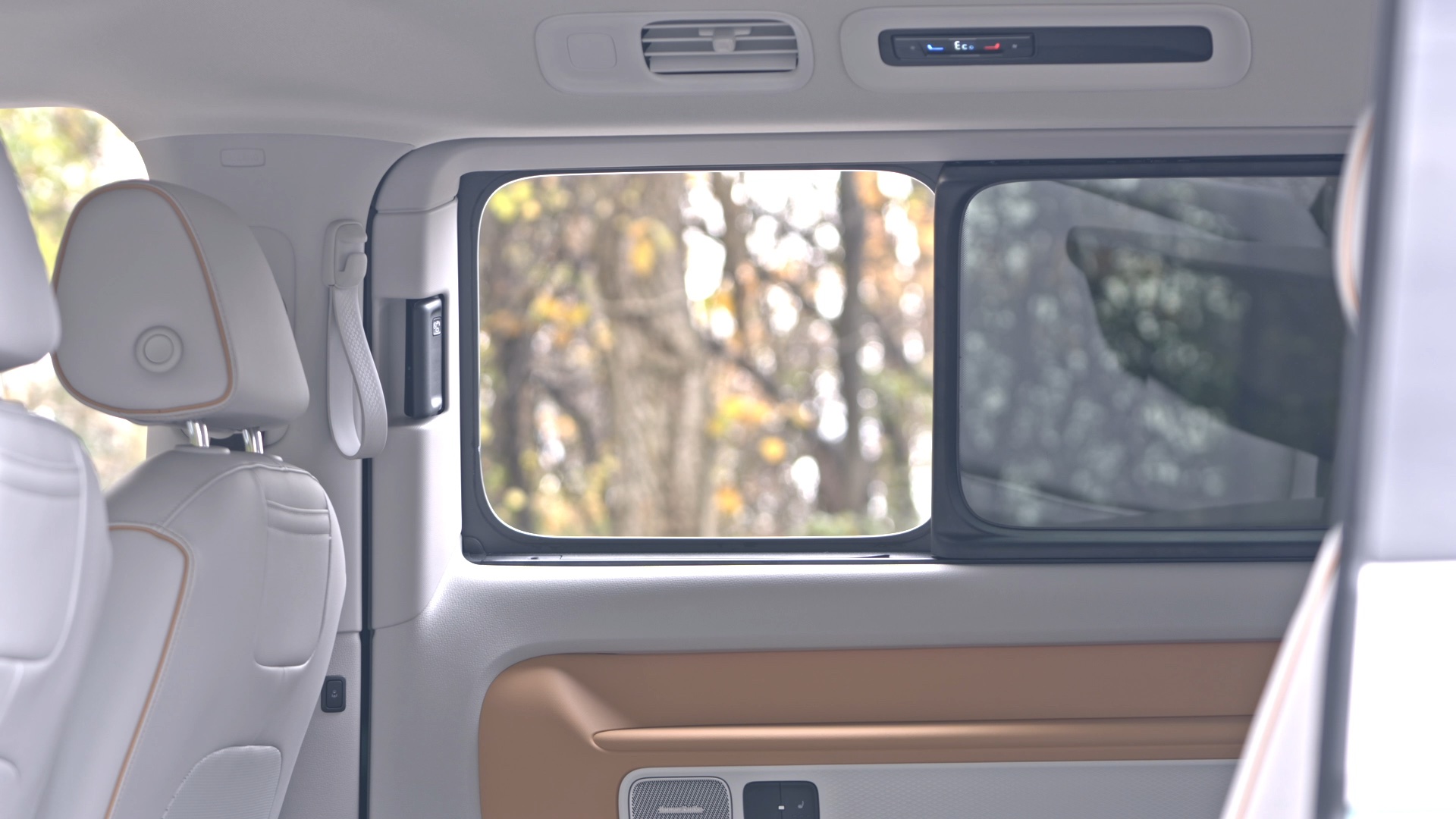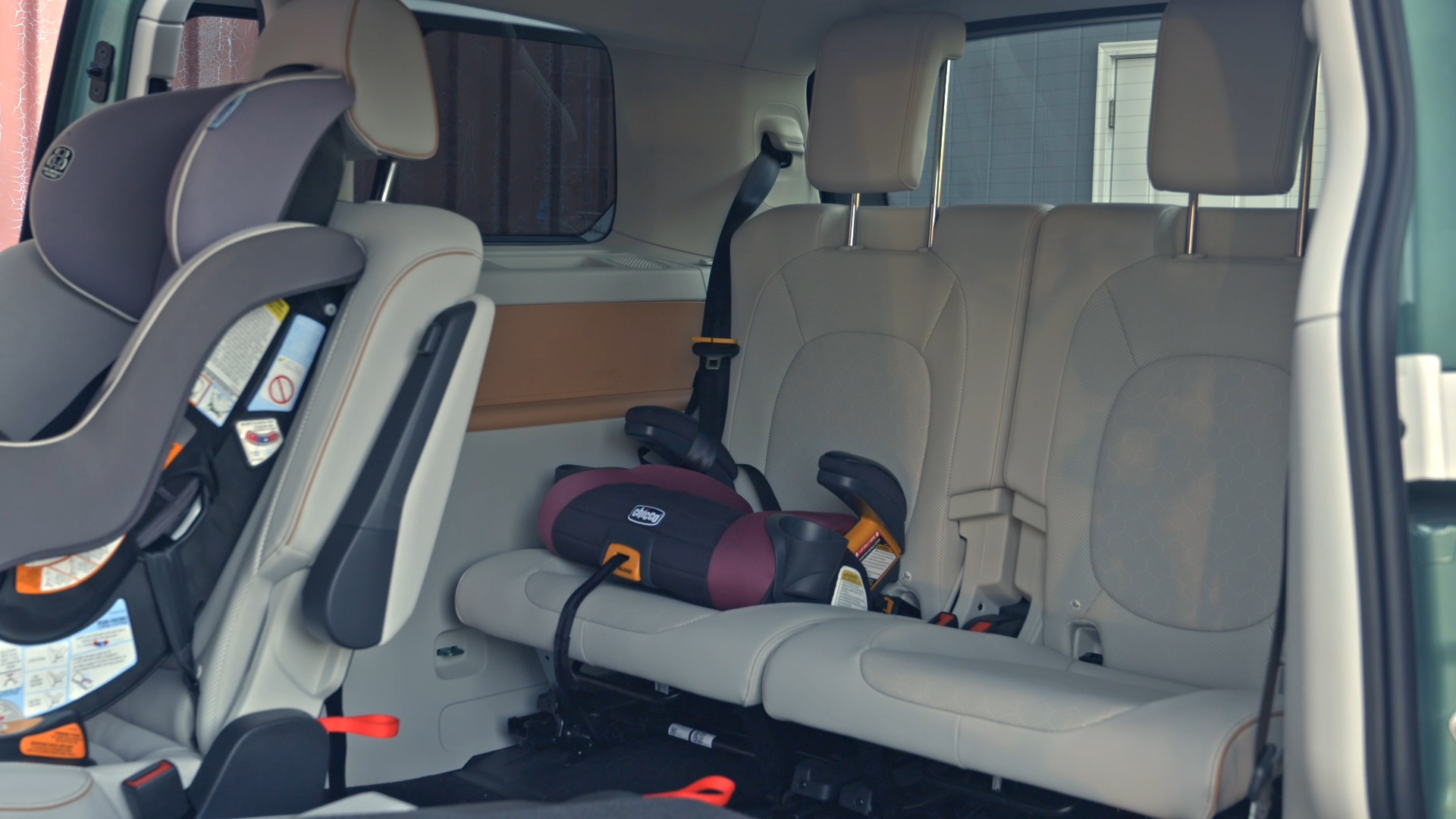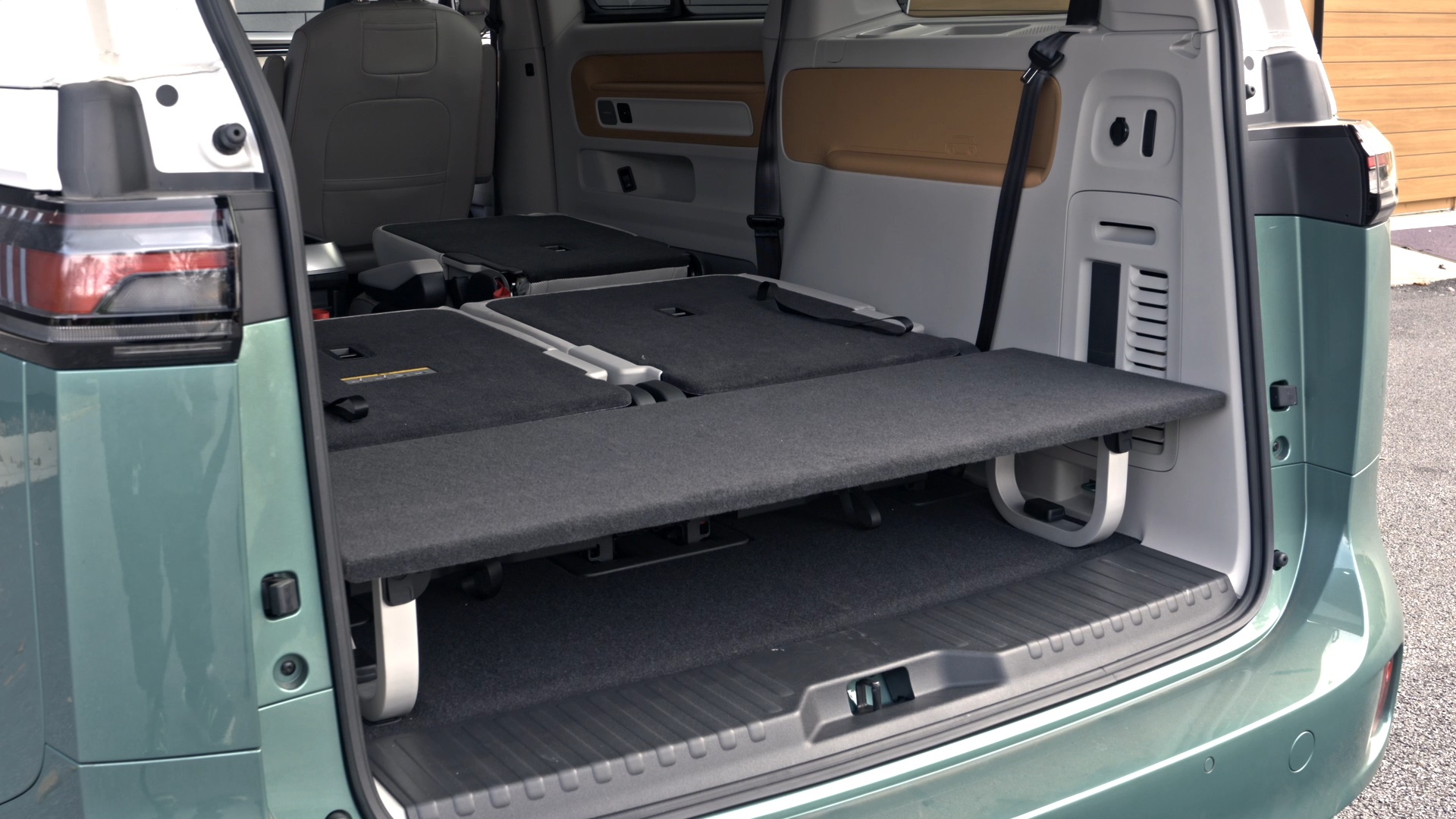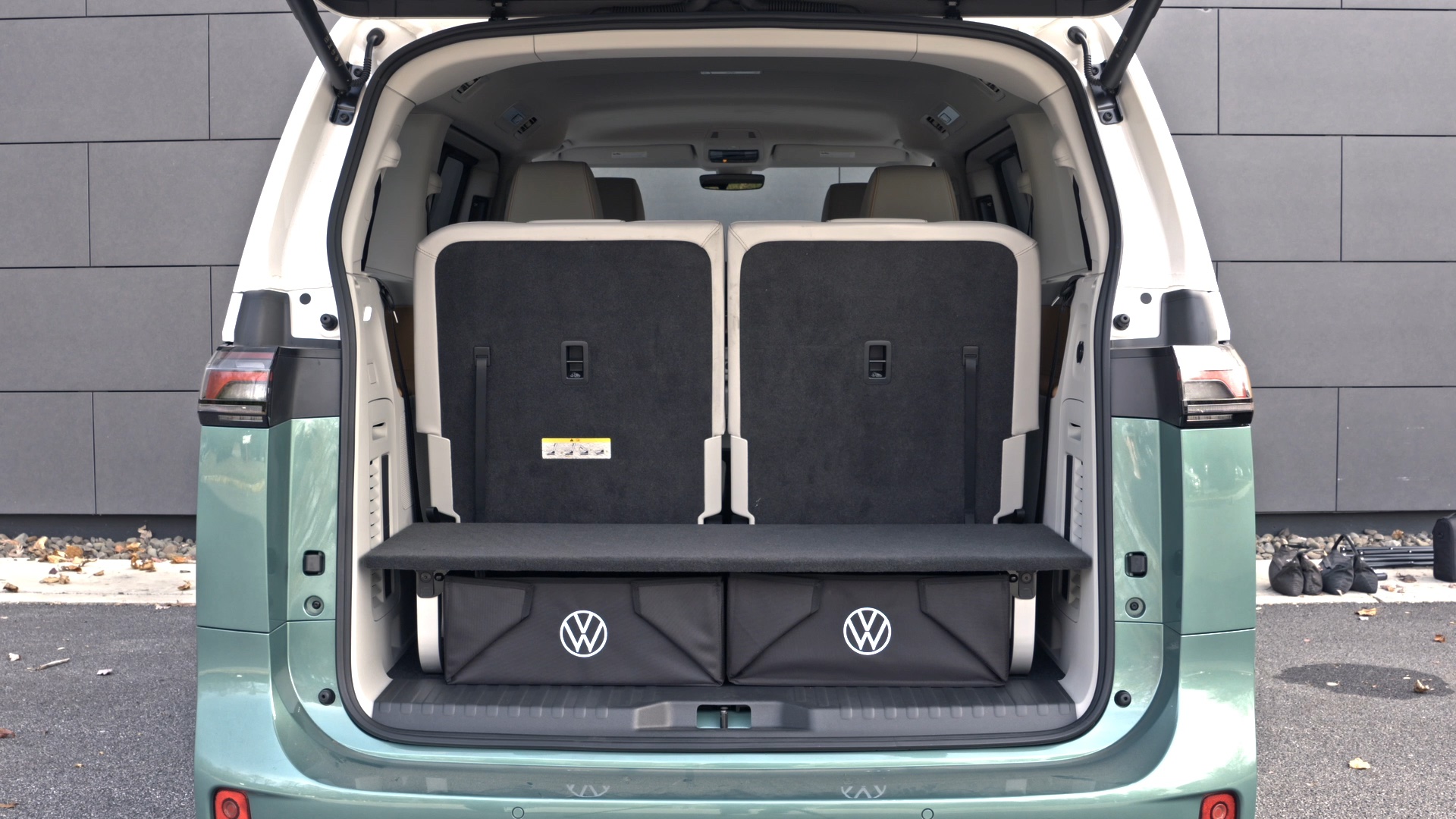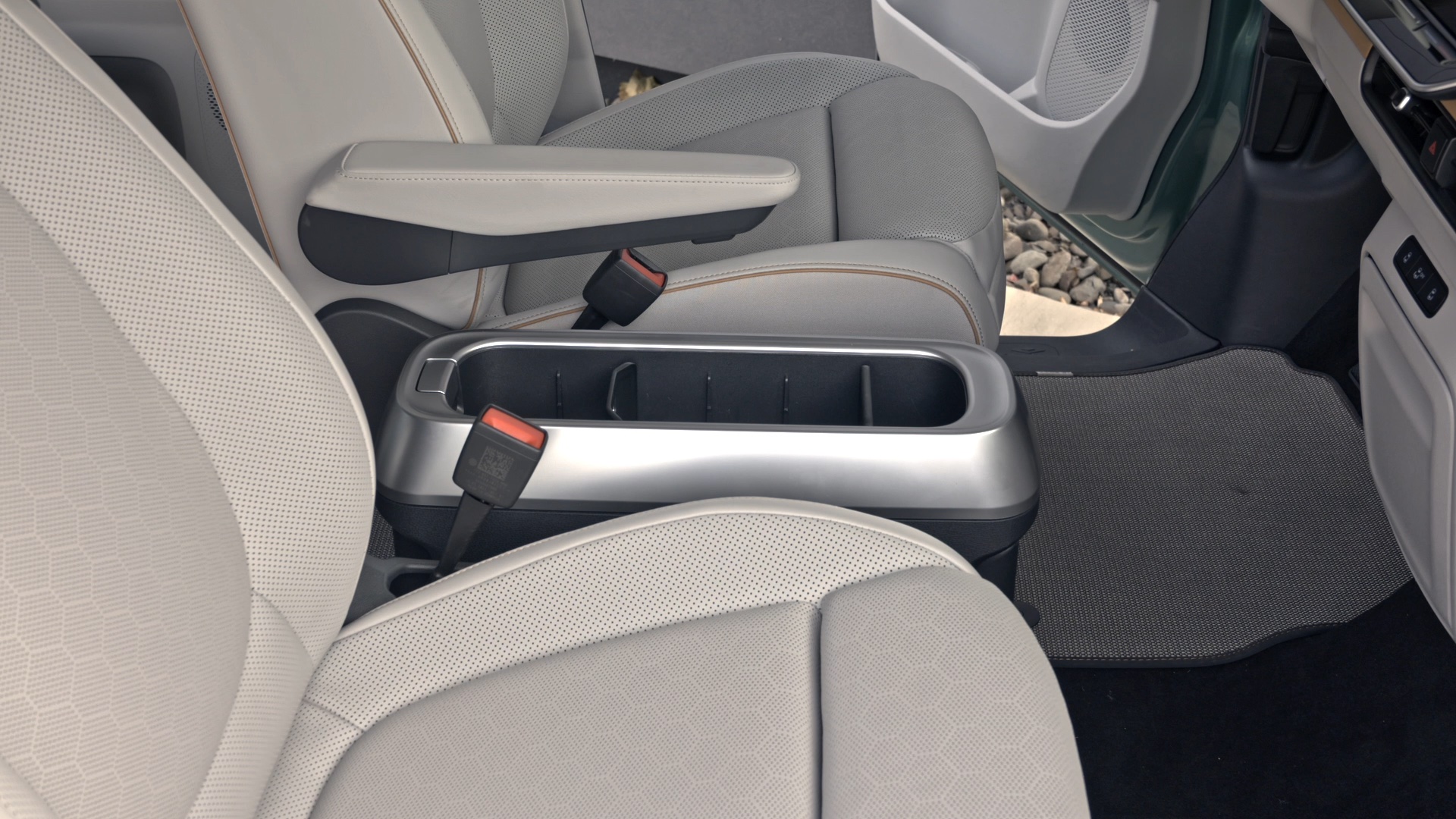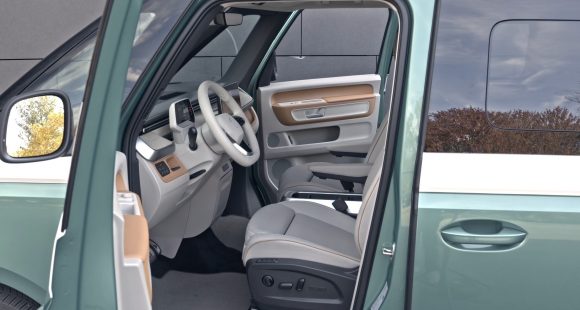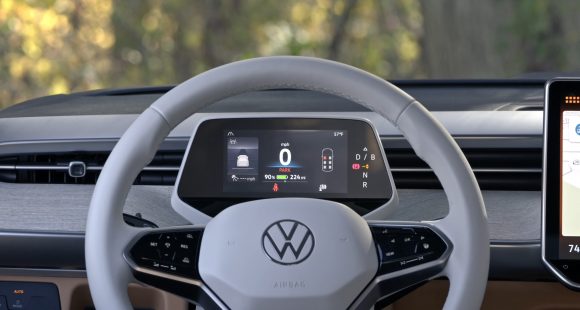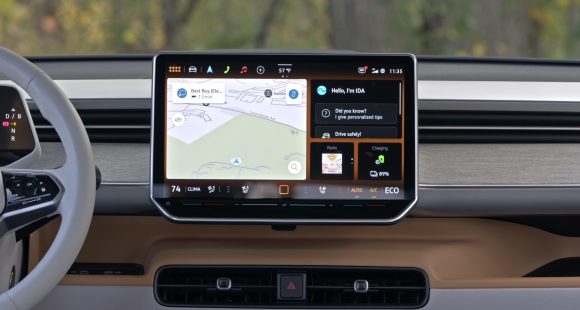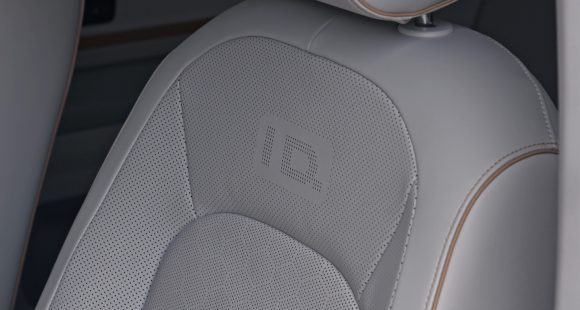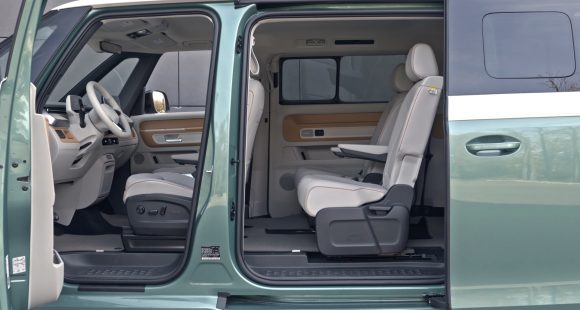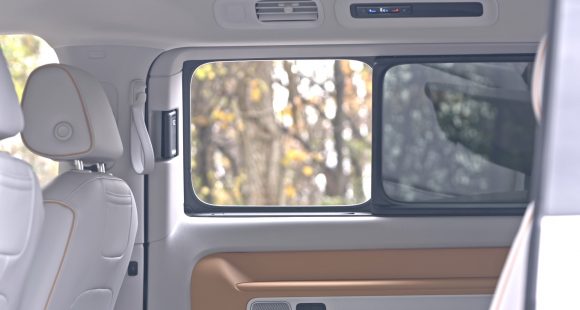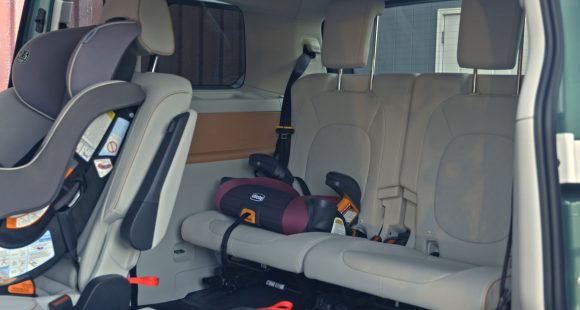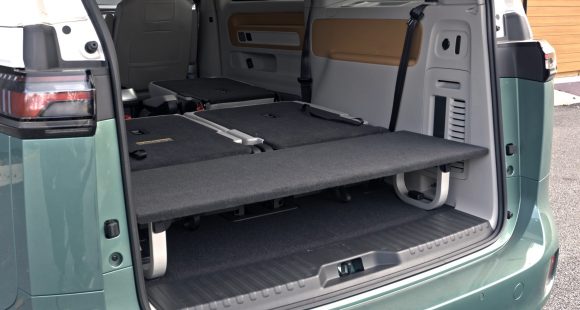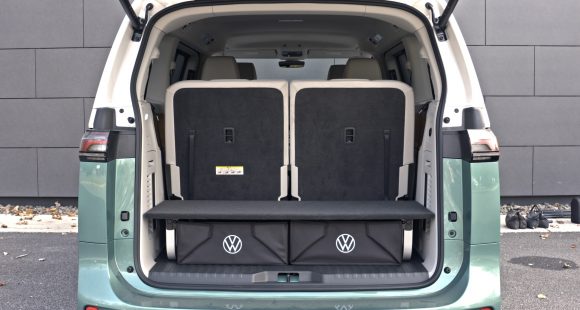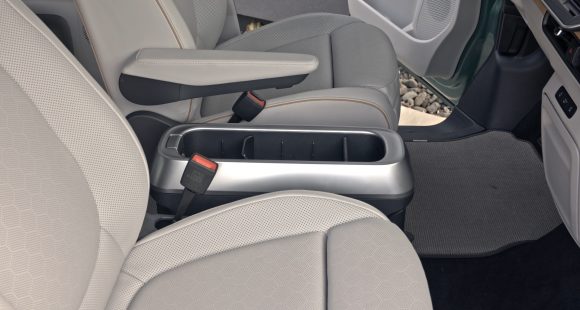2017 Infiniti QX30
It looks like the lines between hatchback “car” and crossover “utility vehicle” have finally been obliterated entirely. As proof we present the Infiniti QX30, the latest addition to the growing compact luxury CUV market here in the U.S., but basically the same vehicle is also known as the Q30 hatchback in Europe. And that’s just the beginning of the blurred lines for this this dynamic little 5-door hatchback…sorry…crossover.
Yes, this 2017 Infiniti QX30 is many things to many people. But what really matters here, is that it arrives at a perfect time; when Americans can’t seem to get enough small luxury crossovers.
Oh, and for those of you who have been bemoaning the fact that you can’t buy a Mercedes-Benz A-class hatchback here; well, now you can, because that’s what’s under the QX30’s way more dynamic bodywork.
Yes, this is the first vehicle to emerge from the Renault/Nissan/Daimler partnership announced last year. And though the overall stance and silhouette are very similar to the Mercedes-Benz GLA crossover; it’s much better looking, if you speak Infiniti’s design language like we do, we’d pick this one over the GLA.
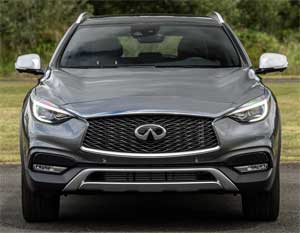 There’s a decent 8.0-inches of ground clearance, same as the GLA. Unless of course you opt for front-wheel-drive only Sport trim. Which to confuse things further, really is the Q30 also known as the A-Class hatchback, with its hard parts just 6.1–inches above the pavement. It also comes with some minor unique exterior elements.
There’s a decent 8.0-inches of ground clearance, same as the GLA. Unless of course you opt for front-wheel-drive only Sport trim. Which to confuse things further, really is the Q30 also known as the A-Class hatchback, with its hard parts just 6.1–inches above the pavement. It also comes with some minor unique exterior elements.
Infiniti engineers had their way with the suspension of course, so it rides nothing like the GLA. It felt stiffer initially, but better the more time we spent with it; no suspension altering drive modes to be found here.
It drives lively, not economy car-like at all; straddling the comfort/capability line almost perfectly. Leaning slightly more towards the tougher end than some other “sporty crossovers”, which is no longer a weird thing to say. Yet it remains exceptionally quiet.
There’s good pick-up from the standard 2.0-liter turbo I4 and 7-speed DCT transmission, both of which come from Mercedes; as does the key to get things started. Software for managing all of it, however, comes from Nissan, still the overall feel is very Benz, and ratings are the same at 208-horsepower and 258 lb-ft. of torque.
The Intelligent all-wheel-drive system is also a version of Benz’s 4MATIC, which can send as much as 50% of torque to the rear wheels when slip is detected.
There was noticeable turbo-lag, and an overall softer launch than when we had the GLA, but the resulting 0-60 time was still not bad at 6.8-seconds.
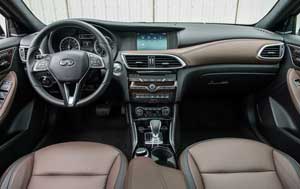 As is usually the case, if you’re looking for the best outcome, just leave it in auto, as manual shifting was slow to respond. Still, there was a nice whoosh of sound coming from the turbo-4 as it powered us to the end of the ¼-mile in 15.1-seconds at 92 miles-per-hour.
As is usually the case, if you’re looking for the best outcome, just leave it in auto, as manual shifting was slow to respond. Still, there was a nice whoosh of sound coming from the turbo-4 as it powered us to the end of the ¼-mile in 15.1-seconds at 92 miles-per-hour.
Through the cones, there’s a playful nature; with minimal amounts of both under and oversteer. Suspension feels taut, and it remained very flat.
Infiniti also tweaked the steering to their liking, but they did it no favors as far as we’re concerned. It’s loose feeling on-center, and there’s an awkward heft when making inputs.
A 110-foot stopping average from 60 is very good, and stops were both smooth and stable. But after about 4-runs, fatigue set in and brakes started to fade.
Inside the QX30’s cabin is where things depart most from its Mercedes-Benz roots. There are still some GLA controls on the dash, but things appear much more inviting. Material quality is quite good.
Infiniti owners who aren’t familiar with the GLA will enjoy the refreshing new take on layout, as well as find the fit-and finish they are used to. The most obvious Benz element is the door mounted seat control; but they work so well, we’re glad Infiniti left them alone.
Both central controller and shifter are unique, with a nice obvious Park button.
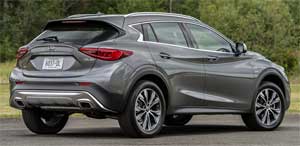 There’s a comfortable seating position for the driver; but visibility is very poor, with thick pillars in back as well as a very small rear window.
There’s a comfortable seating position for the driver; but visibility is very poor, with thick pillars in back as well as a very small rear window.
Government Fuel Economy Ratings for all-wheel-drive are 21-City, 30-Highway, and 25-Combined; so our 30.7 miles-per-gallon of Premium average was excellent.
Still there’s only an average Energy Impact Score of 13.2-barrels of annual oil consumption with CO2 emissions of 6.0-tons.
With many different QX30s to choose from, $30,945 to start seems reasonable, considering it’s about 2-grand cheaper than a GLA.
So, while the Mercedes-Benz GLA came to market earlier, don’t think of this 2017 Infiniti QX30 as a re-badged Benz, but a cooperative effort along the lines of Toyota and Subaru with the 86 and BRZ. It is highly competitive with the current influx of cute utes, as well as a perfect step up for open-minded hatchback buyers. We predict this international coalition will be quite successful.
Specifications
- Engine: 2.0 liter
- Horsepower: 208
- Torque: 258 lb-ft.
- 0-60 mph: 6.8 seconds
- 1/4 mile: 15.1 seconds @ 92 mph
- EPA: 21 mpg city / 30 mpg highway
- Energy Impact: 13.2 barrels of oil/yr
- CO2 Emissions: 6.0 tons/yr
2025 Volkswagen ID. Buzz
Volkswagen Brings Beetlemania Level Of Excitement To Minivan Segment
The duty of upholding Volkswagen’s heritage has most recently been delegated to small legacy car names like Golf and Jetta. But hold on! A much larger, totally modern take on VW’s classic microbus has just buzzed over the horizon— the all-electric ID. Buzz. It’s been at the top of our minds since we first saw the concept back in 2017. Well, it’s finally here, so let’s get our groove into drive!
This 2025 Volkswagen ID. Buzz has indeed created the most buzz around Volkswagen since the Beetle’s return to the U.S. in the late 1990s. We couldn’t drive it anywhere without drawing a crowd. No wonder, just about everyone has a VW Microbus story to tell, and seeing this reimagined version rolling down the street brings back all those memories.
VW really pulled it off as far as we’re concerned, as it looks great without appearing over the top. All the cues are here: Big VW logo front and center, lots of greenhouse including A-pillar windows and mini sliders for the second-row passengers, D-pillar air vents, and two-tone wheels. And while its appearance may be pure retro, its drivetrain is far from it, as the ID. Buzz is all-electric, and unlike the new Beetle, the Buzz does retain the original Microbus’ rear-drive architecture.
Powering those rear wheels is a 210-kW motor drawing juice from a 91-kWh battery for a range of 234 miles; 200-kW max charging will get you to 80% in about 26 minutes. Buyers can add another small 80-kW motor up front for 4motion all-wheel-drive and an increase of total output from 282 to 335 horsepower with a combined 512 lb-ft of torque. It uses the same battery, but range estimates drop just slightly to 231 miles. But while those numbers are modest, we also found them to be quite conservative, as we observed as many as 287 miles available in our all-wheel-drive tester’s gauge display and were on pace for 273 miles in our driving loop.
One throwback theme that may be a turnoff to some is that it’s quite a step up into the Buzz’s front seats, but there’s certainly a commanding view of the road once you climb in. Second row seating can be either a three-place bench or a pair of captain’s chairs, so there’s generous room for seven or six passengers. The captain’s chairs in our Pro S Plus offer good support and very easy access to the third row.
Lots of flexibility too with the option to simply fold the seats or remove them altogether.
With the sliding side doors and a wide opening rear hatch, there’s plenty of access for loading big sport utility amounts of cargo. Lots of flexibility too with the option to simply fold the seats or remove them altogether, and the ability to create a full-length flat floor with a rear cargo shelf that covers some handy removable storage bins. There’s 18.6 cubic-feet of space behind the third row, 75.5 behind the second, and a max of 145.5. That’s more than a Chevrolet Tahoe. For smaller items, there are lots of cubbies throughout the cabin, along with a standard Buzz Box that can be moved to multiple locations.
With a design that prioritizes retro form and modern function over aero efficiency, the 4motion equipped ID. Buzz earns a Fair efficiency rating, using 42-kWh of electricity per 100 miles, and we weren’t sure what to expect at our Mason Dixon test track.
What we found was great torque off the line and drama free launches to 60 in just 5.3 seconds. It was very stable at speed and power delivery stayed steady most of the way down the track until we reached about 90 mph, when it began to taper off just before we finished the quarter-mile in 14.0 seconds flat at 97 mph.
With 1,200-lbs. of battery weight nestled in its 127.5-inch wheelbase, the Buzz felt planted to the pavement through our handling course. There was quite a bit of body roll to deal with, but surprisingly little understeer. In panic braking runs, pedal response was inconsistent, feeling soft at times, pushing back hard at others; but through it all, results were quite good, stopping from 60 in an average of just 108 feet.
Three interior themes are available, this Dune is the brightest, featuring coastal inspired wood optic dash décor, “gray and clay” leatherette surfaces, and a high-mounted central 12.9-inch touchscreen. Pricing starts with a rear-wheel-drive Pro S at $61,545; this Pro S Plus begins at $65,045, add another $4,500 for 4motion, which brings a few extra features along with all-wheel drive.
Retro design with old-school VW charm, modern EV drivetrain, big SUV capacity merged with minivan flexibility; it all comes together in this 2025 Volkswagen ID. Buzz. It’s easily one of the coolest rides of the year and one that will likely keep Volkswagen dealers buzzing for years to come, and that’s something no other people and things mover can say.
Specifications
As Tested
- Motor Setup: Dual-Motor AWD
- Battery Size: 91-kWh
- Horsepower: 335
- Torque: 512 lb-ft
- EPA Range: 231 miles
- 0-60 mph: 5.3 seconds
- 1/4 Mile: 14.0 seconds at 97 mph
- Braking, 60-0: 108 feet
- MW Test Loop: ~ 273 miles







